Entry Category: Defunct: Schools and Academies
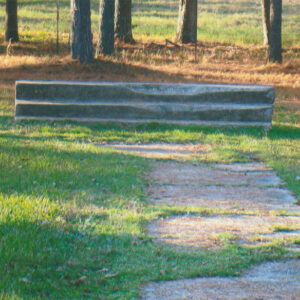 Fargo Agricultural School Ruins
Fargo Agricultural School Ruins
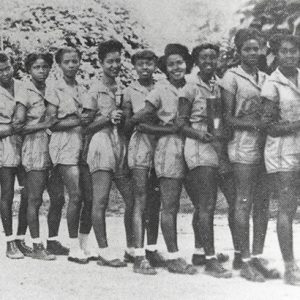 Fargo Basketball Team
Fargo Basketball Team
 Fargo Football Team
Fargo Football Team
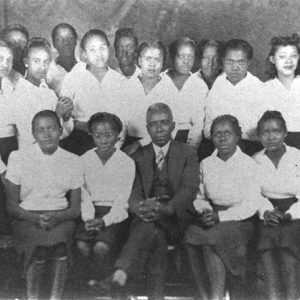 Fargo Girls Chorus
Fargo Girls Chorus
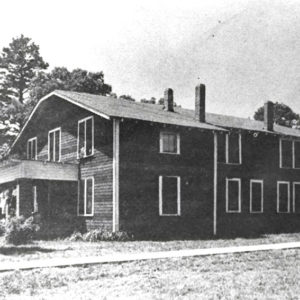 Fargo Girls Dorm
Fargo Girls Dorm
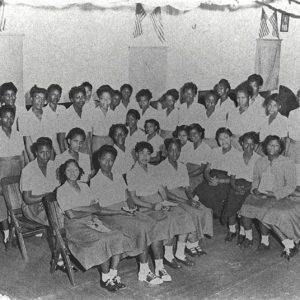 Fargo School Girls
Fargo School Girls
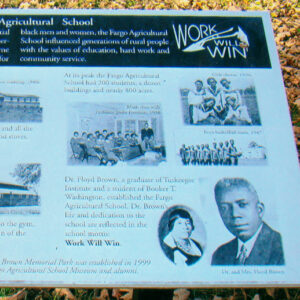 Fargo School Sign
Fargo School Sign
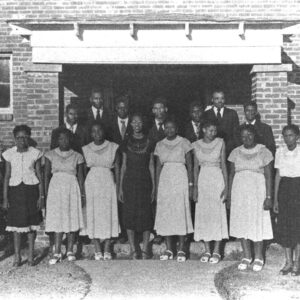 Fargo School Students
Fargo School Students
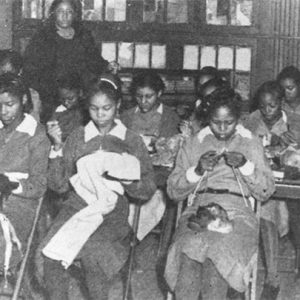 Fargo Sewing Class
Fargo Sewing Class
Fishback School
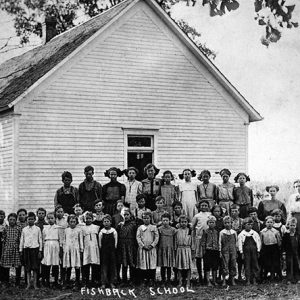 Fishback School
Fishback School
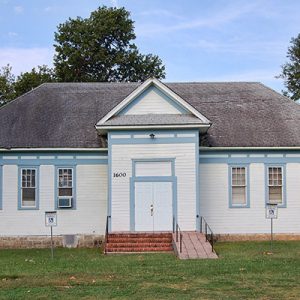 Fishback School
Fishback School
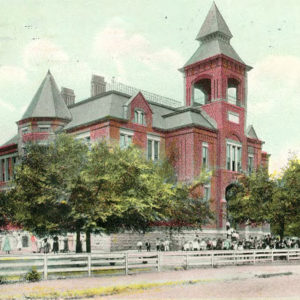 Fort Steele School
Fort Steele School
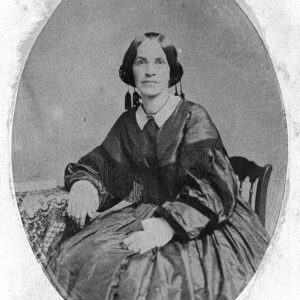 Lucretia Foster
Lucretia Foster
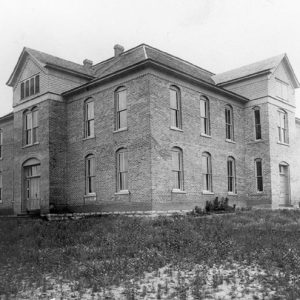 Gravette High School
Gravette High School
Griffithville School
 Alice N. Harris
Alice N. Harris
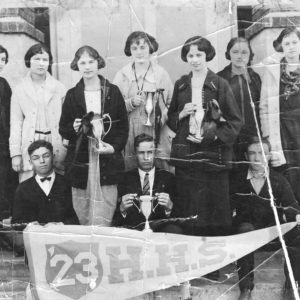 Harrisburg High School
Harrisburg High School
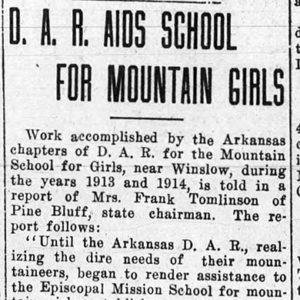 Helen Dunlap School Aid
Helen Dunlap School Aid
Helen Dunlap School for Mountain Girls
aka: Helen Dunlap Memorial School for Mountain Girls
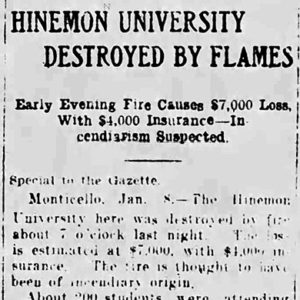 Hinemon University Article
Hinemon University Article
Hinemon University School
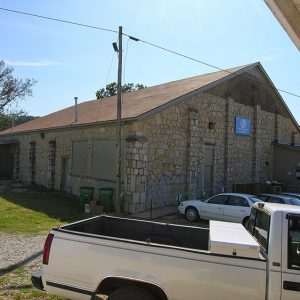 Horace Mann Gymnasium
Horace Mann Gymnasium
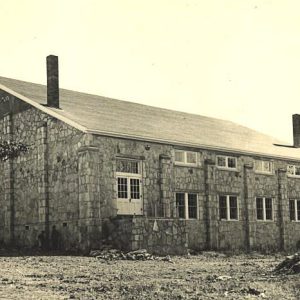 Horace Mann High
Horace Mann High
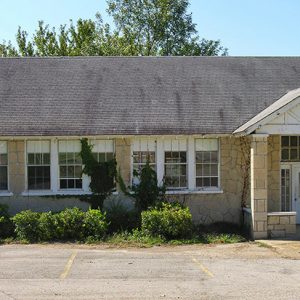 Horace Mann Home Ec Building
Horace Mann Home Ec Building
Horace Mann School Historic District
Hot Springs Normal and Industrial Institute
aka: Mebane Academy
 Immanuel High School
Immanuel High School
 Jefferson School
Jefferson School
 Jerome Relocation Center School Children
Jerome Relocation Center School Children
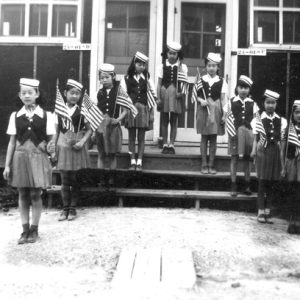 Jerome Relocation Center Children
Jerome Relocation Center Children
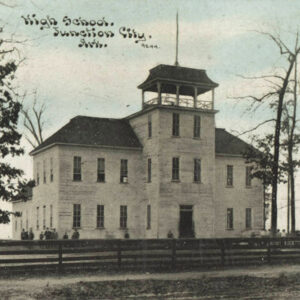 Junction City High School
Junction City High School
King Schoolhouse
Kingston School
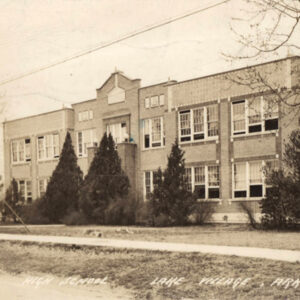 Lake Village School
Lake Village School
Lincoln High School (Star City)
 Lowell School
Lowell School
Maddox Seminary
 Maddox Seminary Ad
Maddox Seminary Ad
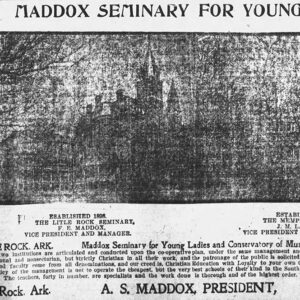 Maddox Seminary Story
Maddox Seminary Story
 Magazine School
Magazine School
 Main School Building
Main School Building
Maness Schoolhouse
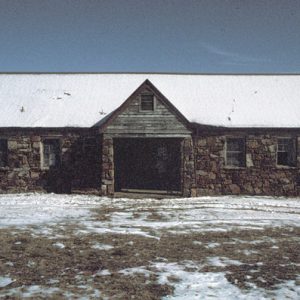 Maness Schoolhouse
Maness Schoolhouse
Maynard Baptist Academy
aka: Abbott Institute
aka: Ouachita Baptist Academy
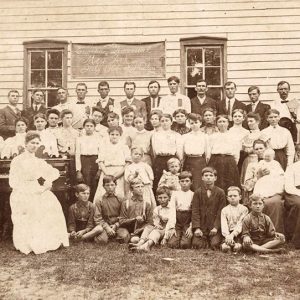 Meg School
Meg School
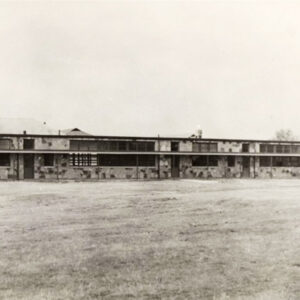 Melbourne School
Melbourne School
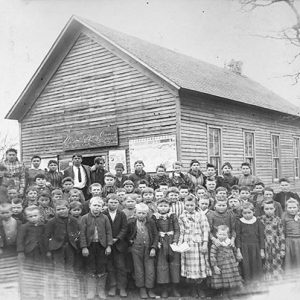 Mineral Springs Academy
Mineral Springs Academy
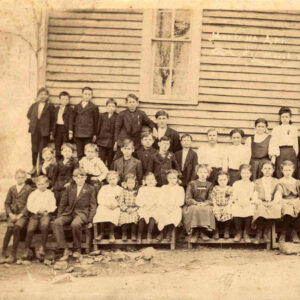 Montana School
Montana School




